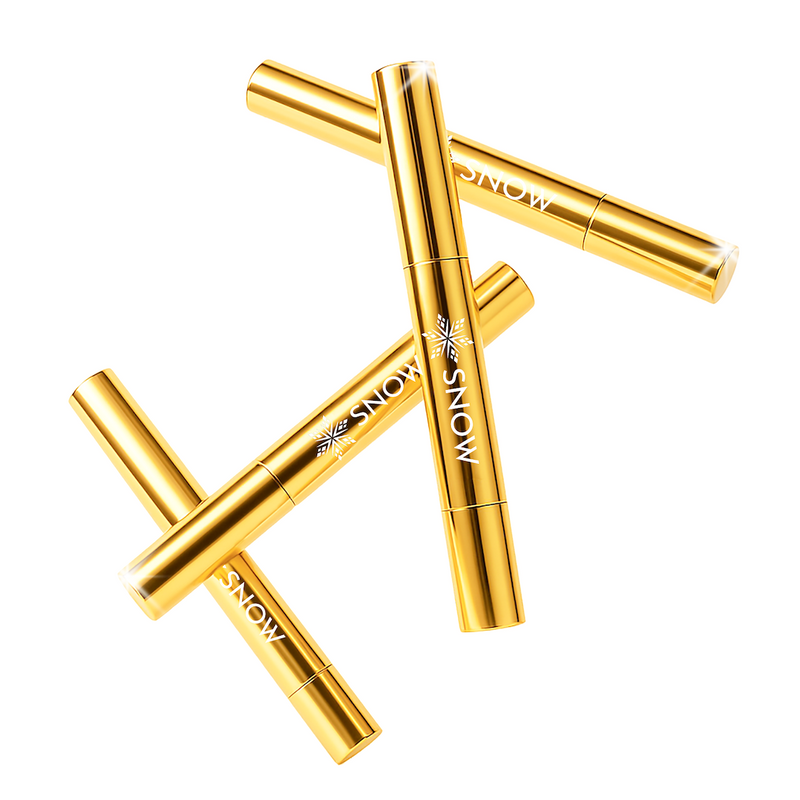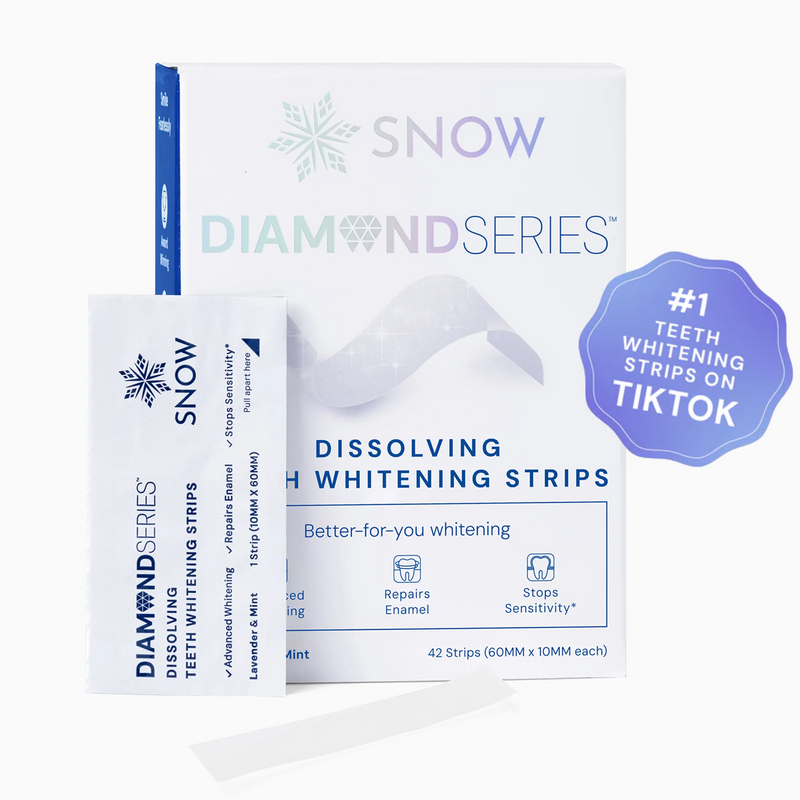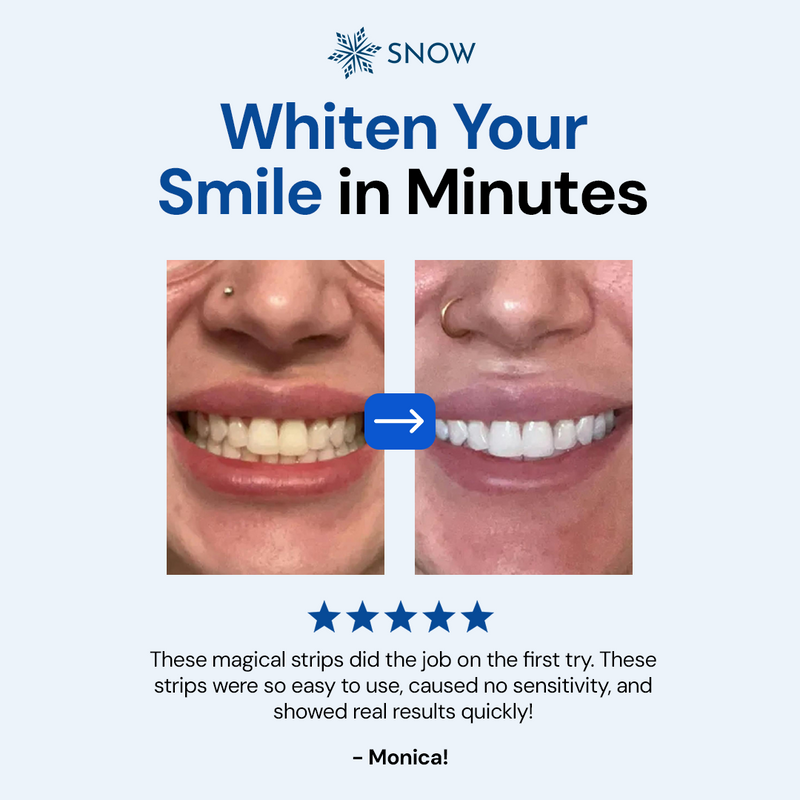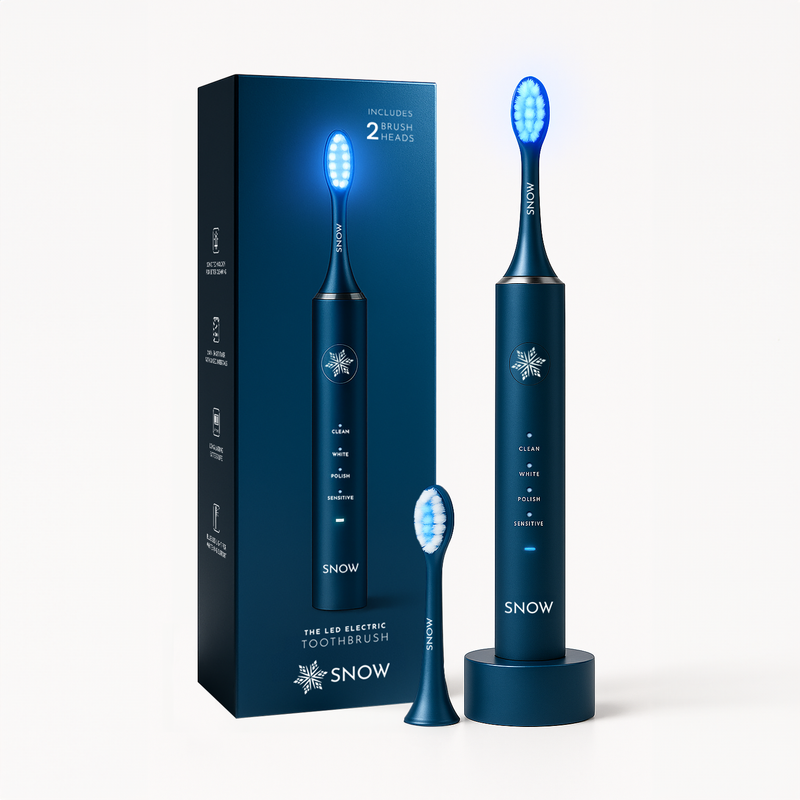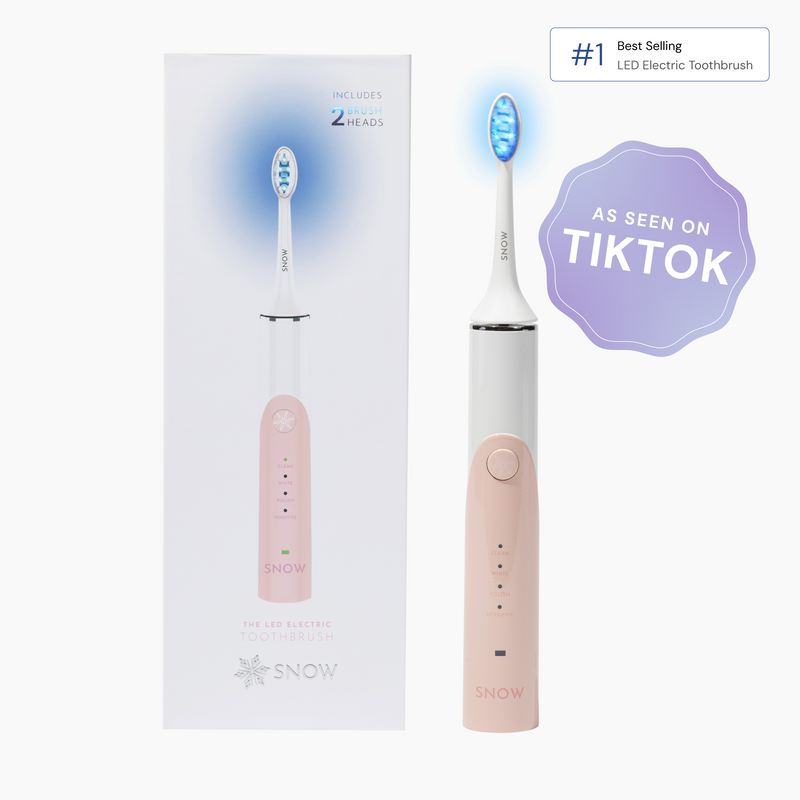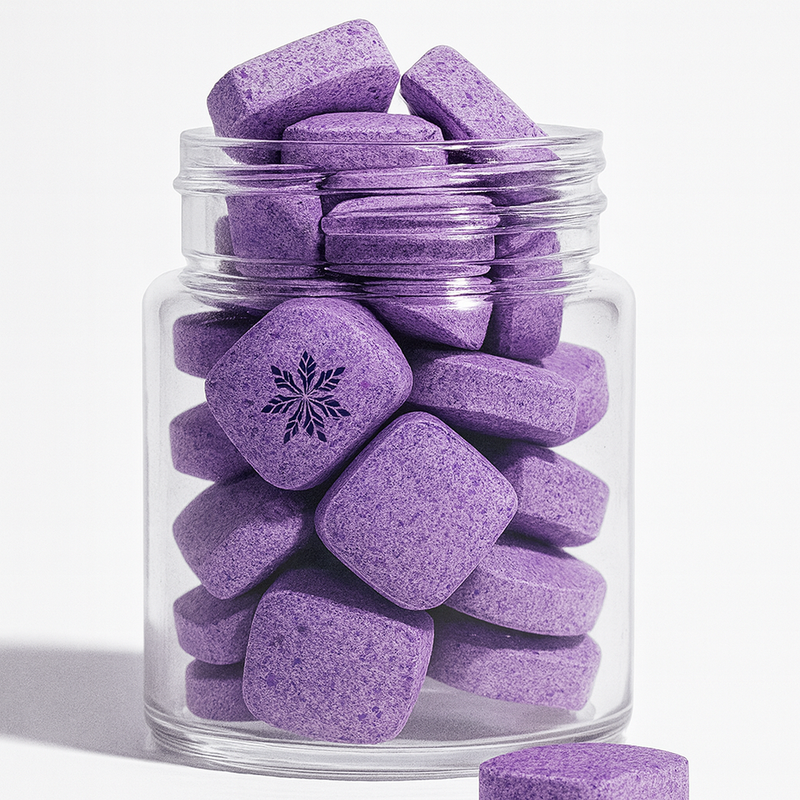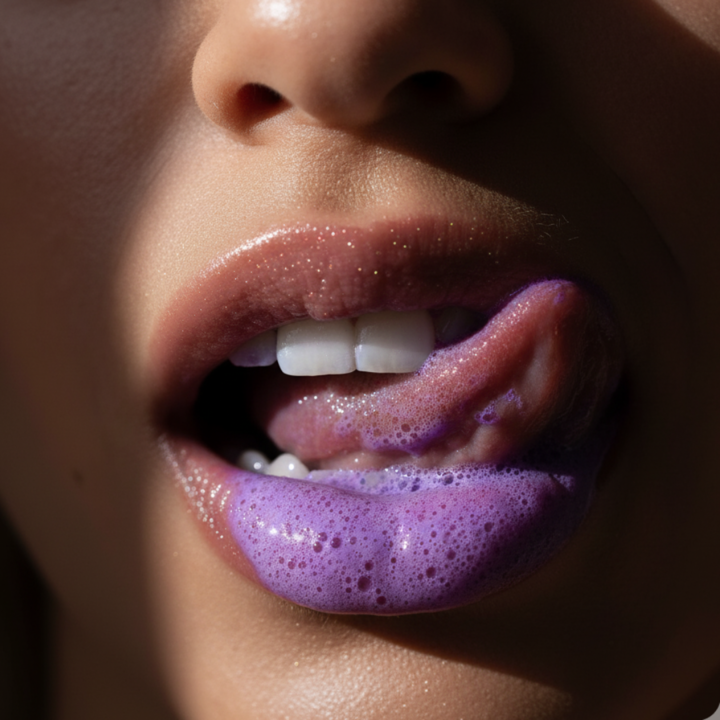Air floss vs water floss - which should you choose? We're here to help you decide. In this guide, we'll distinguish between air flossers and water flossers, including how they function and their benefits.
We'll also provide detailed instructions on how to use a water flosser effectively, discuss why flossing is an essential part of oral health, and offer advice on whether to floss before or after brushing.
Finally, we'll outline important factors to consider when selecting a water flosser that best suits your lifestyle.
Let's get learning!
What this article covers:
- Difference Between Air Flosser and Water Flosser
- What Is an Air Flosser?
- What Is a Water Flosser?
- How Does a Water Flosser Work?
- How to Use a Water Flosser
- Why Flossing Is Important
- Should I Water Floss Before or After Brushing?
- Factors to Consider When Choosing a Water Flosser
Difference Between Air Flosser and Water Flosser
When deciding between an air flosser and a water flosser, it's important to understand their key differences and which might suit your oral health needs best.
We'll dive into the specifics of each to help you choose the right tool.
What Is an Air Flosser?
An air flosser is a dental device that cleans between teeth by using a combination of air and water droplets. This tool is beneficial for individuals who have difficulty with traditional flossing techniques or those with sensitive gums.
The air flosser works by delivering quick bursts of air mixed with tiny amounts of water, which helps to dislodge food particles and plaque without the discomfort that some people experience with string floss.
For those who prefer a more traditional flossing method, the SNOW Activated Charcoal Whitening Floss is an excellent option. This floss combines bamboo fibers and activated charcoal to remove plaque and surface stains while being gentle on gums.
What Is a Water Flosser?
A water flosser, also known as an oral irrigator, is a dental hygiene device that uses a steady stream of water to clean between teeth and along the gumline.
Our research indicates that this tool is useful for individuals with braces, implants, or other dental work that can make traditional flossing challenging.
Water flossers are generally more effective at reaching deeper areas of the mouth, such as the back teeth, and are excellent for those who require a more thorough clean.
The device is designed for daily use, and many models come with adjustable pressure settings to suit individual comfort levels.
One such device is the SNOW Water Flosser, which offers three pressure modes—Pulse, Normal, and Soft—for a customizable cleaning experience.
This portable flosser includes a collapsible 8 oz water tank, an antibacterial-treated tip nozzle, and USB-C charging, making it both efficient and convenient for on-the-go use. It can also be paired with SNOW's Teeth Whitening Drops for an extra boost.
How Does a Water Flosser Work?
A water flosser uses pulsating water pressure to clean those hard-to-reach areas. The continuous water flow not only helps remove debris but also massages the gums, which can enhance gum health by reducing inflammation and promoting circulation.
When comparing water pick vs floss, many find that a water flosser provides a more thorough cleaning, especially in hard-to-reach areas.
How to Use a Water Flosser
Our findings show that using a water flosser is straightforward, though it might require some practice to avoid making a mess.
First, fill the device with lukewarm water and select your desired pressure setting. Position the flosser's nozzle just inside your mouth, aimed at the spaces between your teeth and along the gumline.
Lean over the sink, turn on the device, and allow the water to flow from your mouth into the sink as you move the nozzle along your gumline. It's important to ensure you hit every tooth with the water stream for a thorough clean.

To avoid splashing, keep your mouth slightly open, letting the water drain out naturally.
Why Flossing Is Important
Plaque, a sticky film that forms on teeth, can lead to cavities and gum disease if not effectively removed. Daily flossing helps prevent these issues.
Incorporating flossing into your daily routine is essential for preventing this buildup, reducing the risk of cavities, and ensuring fresh breath.
When considering dental tape vs floss, both options can be effective. For a convenient flossing solution, consider the SNOW Charcoal Whitening Floss Picks. These picks combine the benefits of activated charcoal and bamboo fibers, offering superior plaque removal and whitening in a 2-in-1 design.
Should I Water Floss Before or After Brushing?
Simply put, water flossing before brushing is recommended. Based on our observations, doing so allows the active ingredients in toothpaste to reach areas that were previously blocked. This sequence can ensure a more thorough clean.
On the other hand, some suggest that water flossing after brushing might be beneficial for removing any debris left behind after brushing. However, if you choose to floss after brushing, it is recommended not to rinse immediately afterward.
Factors to Consider When Choosing a Water Flosser
First, evaluate the pressure settings available on the device. Some water flossers offer adjustable pressure settings, which can be essential for individuals with sensitive gums or dental work like braces or implants.
Another factor to consider is the design and ease of use. Look for a model that is easy to handle and has a water reservoir large enough to complete your flossing routine without frequent refills.
Portability may also be important for frequent travel, and simple care habits that prevent mold in water flosser help preserve long‑term reliability between trips.
When comparing an electric toothbrush vs water flosser, both devices serve different purposes and you could benefit from using both.

Conclusion
Now you have all the information you need to make an informed choice. We've discussed the differences between these two options, explained how each works, and provided practical tips on using a water flosser to maximize its benefits.
We also emphasized the importance of incorporating flossing into your daily routine, regardless of whether you floss before or after brushing, and provided guidelines for selecting the right water flosser.
Choose SNOW teeth whitening products to ensure your teeth receive the best care possible.
If you want to learn more, why not check out these articles below:
- Dental Pick vs Floss
- Wax Floss vs Glide
- Can Toothpaste Cause Dry Mouth?
- Can You Use Whitening Toothpaste with Braces?
- Can I Use Fluoride Toothpaste After Whitening Strips?
- Can I Mix Baking Soda with My Toothpaste
- Can Toothpaste Cause Dry Lips
- Is Fluoride Free Toothpaste Good
- How Much Toothpaste Should You Use?
- Fluoride vs Fluoride Free Toothpaste
- Types of Toothpaste
- How to Get White Teeth in 1 Day with Toothpaste
- Is It Safe to Use Whitening Toothpaste Everyday
- Should You Leave Toothpaste on Your Teeth
- Best Water Flosser

















































